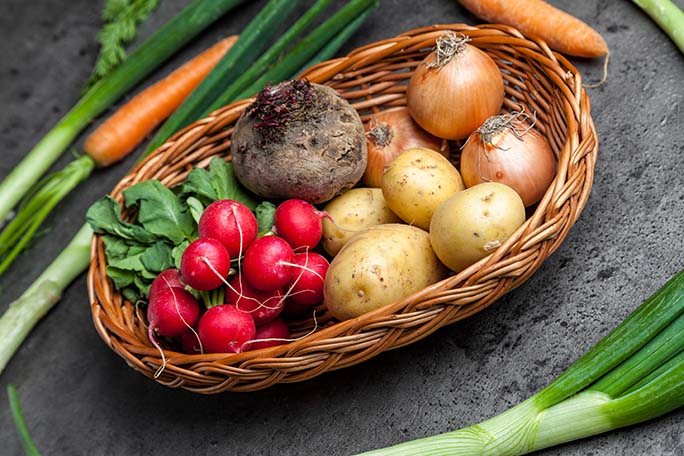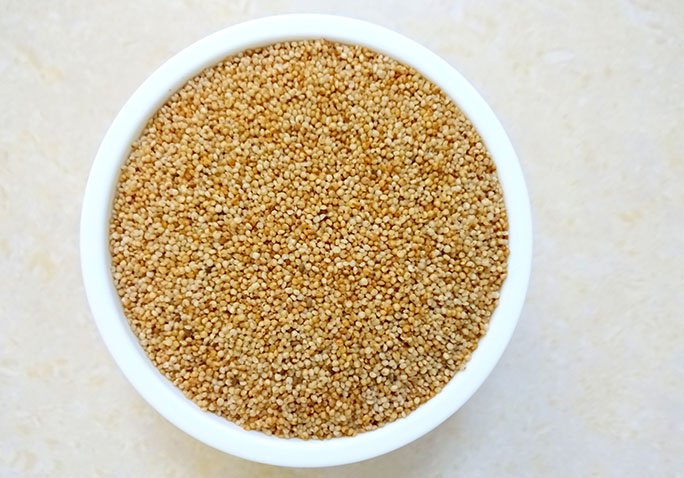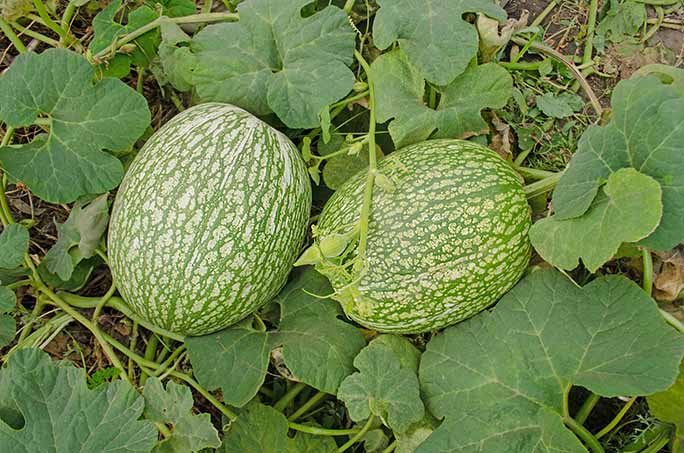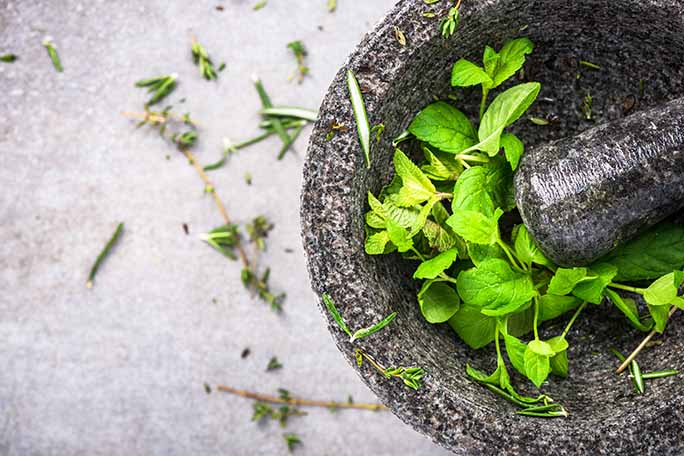Bhumi amla also known as Gale of the wind is an annual herb that is widespread across the tropics. It is considered as an important herb both in Ayurveda and Siddha System of healing as it is used in the treatment of various health aliments.
Traditionally, Bhumi amla is mainly used for treating urinary and liver problems.
Bhumi amla Plant
Bhumi amla is a small plant that can grow up to a height of ½ meter (50 cms). However, in the fertile soils, it can reach up to a height of ¾ meter (75 cms).
Its leaves are small and oblong shaped and its flowers are pale green to white colored and are produced at the axils of the leaves projecting downwards (1). The tree got its common name bhumi amla as the leaves and the fruits resemble the amla tree.

Bhumi amla plant
Health Benefits of Bhumi amla
It may help to prevent Kidney Stones
Bhumi amla is widely popular as a remedy for kidney stones. In India and Brazil, it is used as a folk medicine for treating urolithiasis (formation of stone in the urinary tract).
Several studies had also reported that bhumi amla can be a potential alternative source for the treatment of urinary stones.
In a long-term study conducted on 150 patients with renal stones, it was revealed that the administration of Phyllanthus niruri (Bhumi amla) after extracorporeal shock wave lithotripsy had significantly increased the stone free rate (2).
It has Gastro Protective Nature
Research has revealed that Bhumi amla leaf extract had exhibited potential gastroprotective activity against ethanol-induced gastric mucosal injury.
Research had also said that the leaf extract exhibited the gastroprotective effect by promoting ulcer protection by a comparative decrease in the ulcer areas, leukocyte infiltration and reduction or inhibition of edema when compared between the Phyllanthus niruri pretreated animals with others (3).
Anti-Microbial Properties
In India and several Latin American countries, Bhumi amla had been used since ancient times to treat several health problems.
A study conducted to know the anti microbial properties of Phyllanthus niruri had shown that the plant exhibited significant anti microbial activity against Helicobacter pylori, a bacteria known to cause digestive tract infections.
The effect of Bhumi amla plant is promising because it exhibited the inhibitory activity against H.pylori without affecting the lactic acid bacteria which are beneficial (4).
Anti-HIV Activity
Several compounds isolated from various medicinal plants had shown strong anti-HIV properties by inhibiting reverse transcriptase binding or by inhibiting the replication of the virus.
Phyllanthus niruri is also an amazing medicinal plant that is known to have compounds that exhibit anti-HIV properties.
Repandusinic acid (RA) isolated from Phyllanthus niruri had inhibited HIV type1 reverse transcriptase (HIV-1-RT). Repandusinic acid as low as 10.1 microM had inhibited HIV-1 induced cytopathogenicity in the MT-4 cells tested (5).
Another compound niruriside isolated from Phyllanthus niruri dried leaf MeOH extract also showed specific inhibitory activity against REV protein binding to RRE RNA (6).
Another study had shown that Phyllanthus niruri alkaloidal extract had exerted growth inhibition in the tested HIV-1 and HIV-2 strains cultured in human MT-4 cells. Phyllanthus niruri at small amounts had reduced the viral replication, at higher concentrations it had totally inhibited the reproduction apart from being nontoxic to the human cells at concentrations stopping viral replication (7).
It may act against Non-Alcoholic Fatty Liver disease
Wide range of conditions are thought to cause Non-Alcoholic Fatty Liver Disease(NAFLD), a situation where extra fat gets build-up in the liver. Scientific researchers had shown the growth of Adipose tissues(Fat) during NAFLD is strongly linked with angiogenesis (the process of formation of new blood vessels).
Bhumi amla which is known to possess Antiangiogenic nature was tested to know its activity against Non-Alcoholic fatty liver disease(NAFLD) and the results revealed that the plant has exhibited potent antiangiogenic activity without any cytotoxic effects in the tested animals.
In addition to this, the study also stated bhumi amla’s protective function might also be due to its ability to control some of the adipocytokines and adipogenic genes that are associated with NAFLD (8).

Bhumi amla leaves and fruits
It has both Anti-inflammatory and Anti Ulcer Activity
Since ancient times bhumi amla has been used as a traditional medicine for gastric problems and to reduce inflammation.
An experiment had also reported bhumi amla exhibits both anti-inflammatory and Anti-ulcer activities by reducing the carrageenan induced inflammation and also by showing protection against ethanol acid induced gastric ulcers in the experimental rats (9).
Anti Malarial Activity
Bhumi amla is one of the important plants that is traditionally used in India and several other countries for the treatment of malaria.
In a study conducted, the ethanolic and dichloromethane extracts of Phyllanthus niruri tested against Plasmodium berghei ANKA in mice had significantly reduced parasitemia (10).
Another study had also evaluated the antimalarial activity of this plant and also said that this activity might be due to the presence of vital antiplasmodial constituents like terpenoids, alkaloids, and flavonoids (11).
Pain Relieving Properties
Research conducted on Phyllanthus niruri had shown that the methanolic extracts of the plant’s callus culture had exhibited significant analgesic(pain relieving) activity in the tested animals against the neurogenic and inflammatory pain (12).
Anti Hyperuricemic Property
Abnormal levels of uric acid can lead to Hyperuricemia. It is a condition where there is an elevated level of ureic acid in the blood. This condition can lead to gout, a type of arthritis that causes severe pain in joints.
It was revealed that Bhumi amla can be a helpful resource to treat hyperuricemia.
A study had shown methanol extract of the leaves had shown potential anti hyperuricemic activity in the tested rats. In addition to that, one of its lignans was even able to significantly reverse the uric acid levels to normal level in hyperuricemic animals (13).
Anti Hyperalgesic Property
Along with several health benefits, one can get from bhumi amla. It may also be used to treat hyperalgesia, an abnormal condition where there is an increased sensitivity to pain.
It was found that a tannin isolated from Phyllanthus niruri called corilagin is known to have potential Anti-hyperalgesic activity and it was also found that the ID50 calculated value of corilagin in the acetic acid model is 20 fold more potent than Acetylsalicylic acid (Aspirin) (14).
Traditional Uses of Bhumi amla
Bhumi amla has a huge importance in traditional medicine all over the world. In Ayurveda, Bhumi amla is majorly used to treat several health alignments like skin diseases, constipation, hiccups, eye diseases, and jaundice.
Its dried leaves are used to prepare a decoction, which is taken to reduce the fever.
Side Effects of Bhumi amla
Bhumi amla has anti-blood clotting nature, so it is better to avoid the use of this plant if you have any blood clotting disorders and it is recommended to avoid taking this plant 3 weeks before the scheduled surgery.
To stay safe, pregnant women should avoid using Bhumi amla as it may increase the risk of birth defects. It is also better to avoid the use of this plant while breastfeeding.
Bhumi amla may also affect blood sugar levels. If you have diabetes it is better to talk with your doctor before use.
Where to Buy?
Dried parts of Bhumi amla can be purchased from Ayurvedic or herbal stores. If you wish to buy the powdered form or the supplements of bhumi amla, they can be purchased online. Along with its name, it is also sold under the name of Chanca Piedra.







Comments